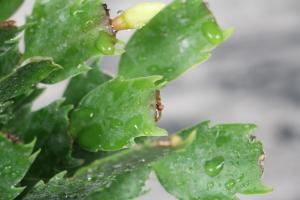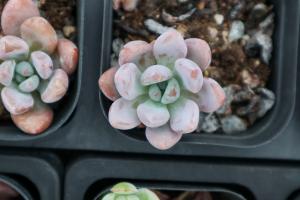What to do with Dead Tomato Plants
Tomato plants are a staple in many home gardens, providing delicious and fresh produce throughout the summer months. However, as the growing season winds down, you may be left with dead or dying tomato plants in your garden. So, what should you do with them? Here are some options to consider:
1. Compost
Composting is a great option for dead tomato plants, as it allows you to turn them into nutrient-rich soil for your future gardening endeavors. Simply chop up the plants and add them to your compost bin or pile. The decomposition process will break down the plant material and create a valuable addition to your garden soil.
2. Remove and dispose of
If you don't have a compost bin or pile, another option is to simply remove and dispose of the dead tomato plants. You can do this by pulling them out of the ground and throwing them away, or by cutting them up and adding them to your yard waste bin to be picked up by your local waste management company.
3. Leave in the garden
Another option is to leave the dead tomato plants in the garden to decompose naturally. This can add organic matter to the soil and provide some insulation for the roots of other plants during the winter months. However, if you choose this option, be sure to remove any diseased plants to prevent the spread of illness to other plants in your garden.
4. Burn
Burning dead tomato plants is also an option, but it should only be done in areas where burning is legal and safe. This method can be effective in eliminating disease and pests from the plants, but it can also contribute to air pollution and should be done with caution.
5. Save seeds
If your tomato plants have produced fruit, you may want to consider saving the seeds for future planting. Simply scoop out the seeds from the ripe tomatoes and allow them to dry on a paper towel. Once dry, store them in an airtight container until you're ready to plant them the following growing season.
Overall, there are several options for what to do with dead tomato plants. Whether you choose to compost them, remove and dispose of them, leave them in the garden, burn them, or save the seeds, be sure to consider the potential benefits and drawbacks of each method and choose the one that's best for your garden and your needs.

 how many times do yo...
how many times do yo... how many planted tre...
how many planted tre... how many pine trees ...
how many pine trees ... how many pecan trees...
how many pecan trees... how many plants comp...
how many plants comp... how many plants can ...
how many plants can ... how many plants and ...
how many plants and ... how many pepper plan...
how many pepper plan...
































